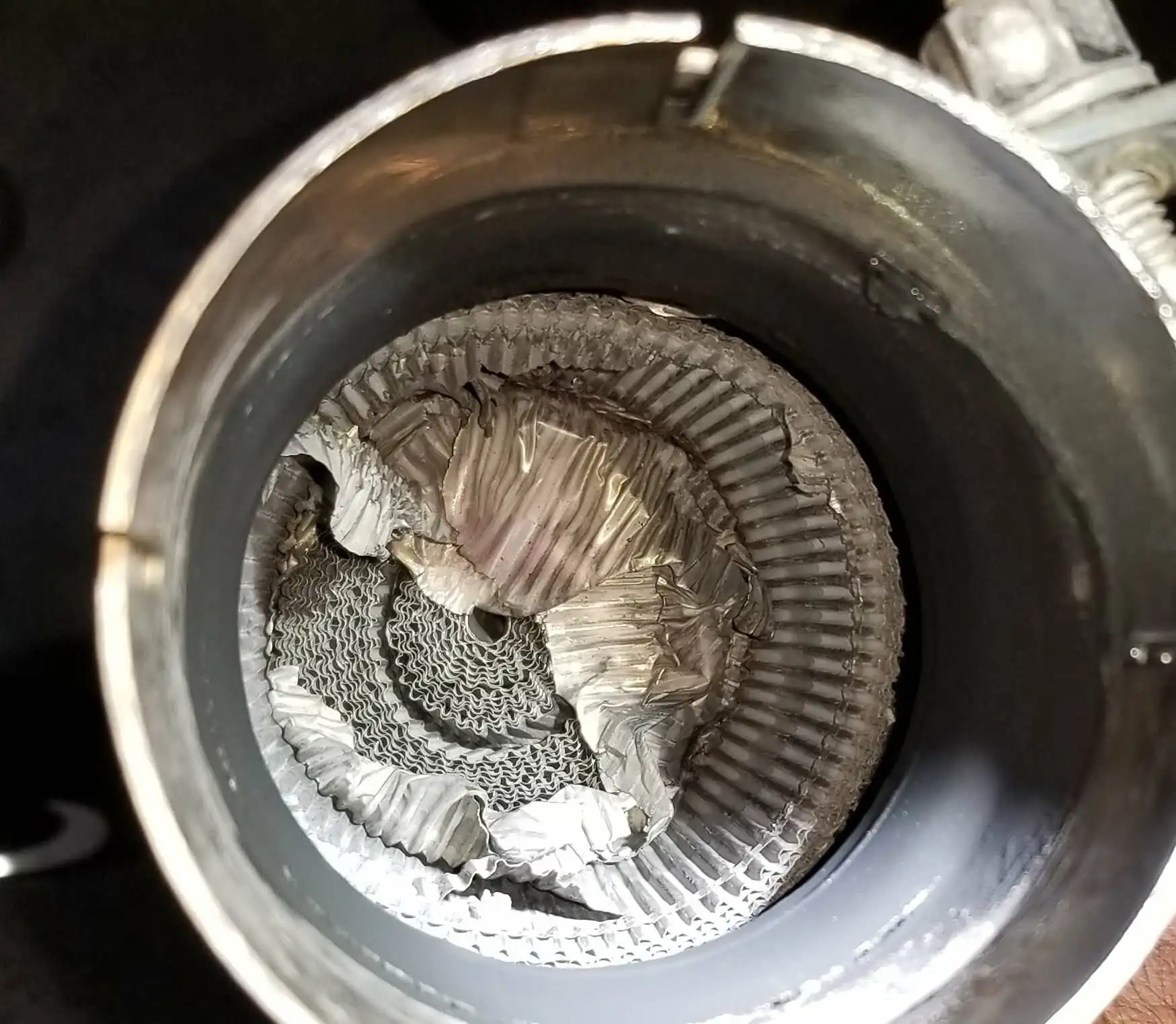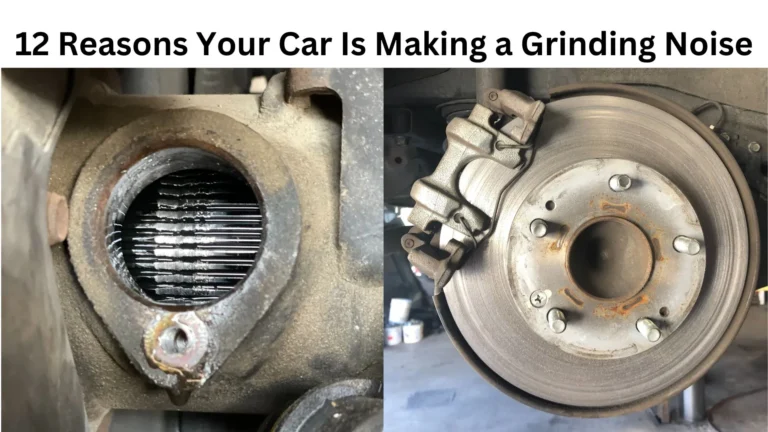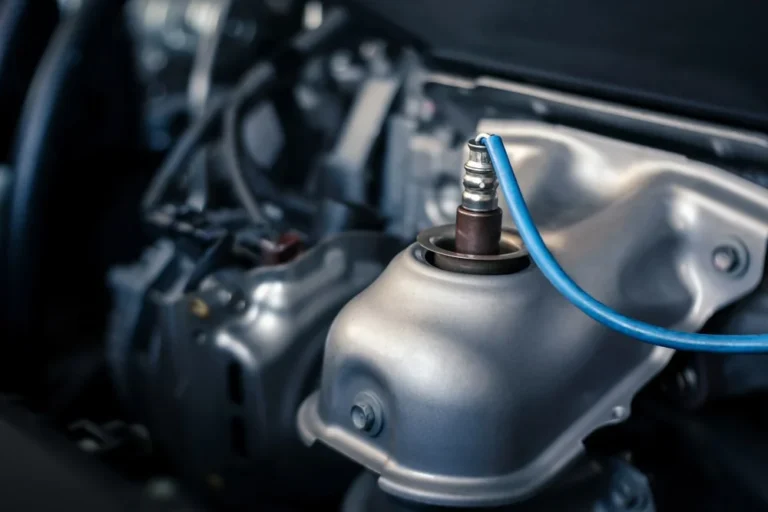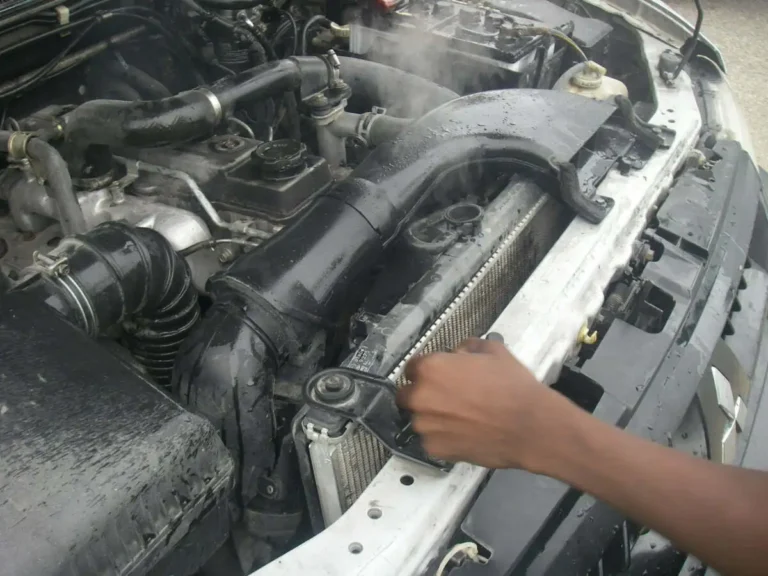A faulty catalytic converter can cause a handful of problems, and it’s critical to address them as soon as you can. Your car will not pass emissions testing if your converter is bad. Here’s what to watch for:
- An illuminated check engine light. Your car’s computer receives feedback from sensors placed in the exhaust system called oxygen sensors. One sensor is placed before the catalytic converter, and is called the “upstream” oxygen sensor. The other is placed after the converter, and is called the “downstream” oxygen sensor.
- Since the job of the catalytic converter is to filter out harmful gases from the engine’s exhaust, the reading of the two sensors should be different. If they are the same, then that indicates the catalytic converter is not doing its job. In this situation, your check engine light should come on and will set a code for an inefficient catalytic converter.
- A failed vehicle emissions test. Some areas in the U.S. require a diagnostic check of the engine’s computer to pass the emissions test. If a car has a bad catalytic converter, a trouble code will be stored in the computer, and the vehicle will not pass the test.
- An unusual exhaust smell. Gasoline contains sulfur that turns into hydrogen sulfide during engine combustion. The catalytic converter changes this into sulfur dioxide, which is odorless. An inefficient or failing catalytic converter can leave more unburnt fuel in the exhaust, which will smell like sulfur or rotten eggs.
- A lack of engine power. In some cases, a catalytic converter will become plugged up and cause an exhaust restriction. This is normally caused by unburnt fuel igniting in the catalyst material and causing it to deteriorate. The exhaust restriction will severely impact the power output of the engine and require more throttle input to move the car. Eventually, the catalytic converter can completely block exhaust flow, and the engine will not run.
- A rattling noise under the vehicle. The catalyst material is shaped like a honeycomb inside of its metal casing. A failing catalytic converter can break apart and cause a rattling noise while the engine is running. If it’s not replaced, parts of the catalyst can break off and get stuck in the vehicle’s muffler or resonator further down the exhaust stream.
What is a catalytic converter?
A catalytic converter is an exhaust emissions control device used in both gasoline and diesel engines. Often referred to as a “cat,” its job is to convert a vehicle’s exhaust emissions into a less harmful gas before the exhaust exits the tailpipe.

The catalytic converter is a metal canister installed in the exhaust system near the engine. It contains precious metals such as platinum, palladium and rhodium. When raw exhaust flows through it, multiple chemical reactions occur. The final product is an exhaust that’s free of nitrogen oxides, carbon monoxide and hydrocarbons, three very harmful gases not only to the environment, but also to humans.
How to fix a bad catalytic converter
To determine if your catalytic converter has failed, a professional technician is needed. The tech will begin with a physical inspection and check to see if the catalyst material has broken apart. In a situation of engine power loss, an exhaust system backpressure test will be performed.
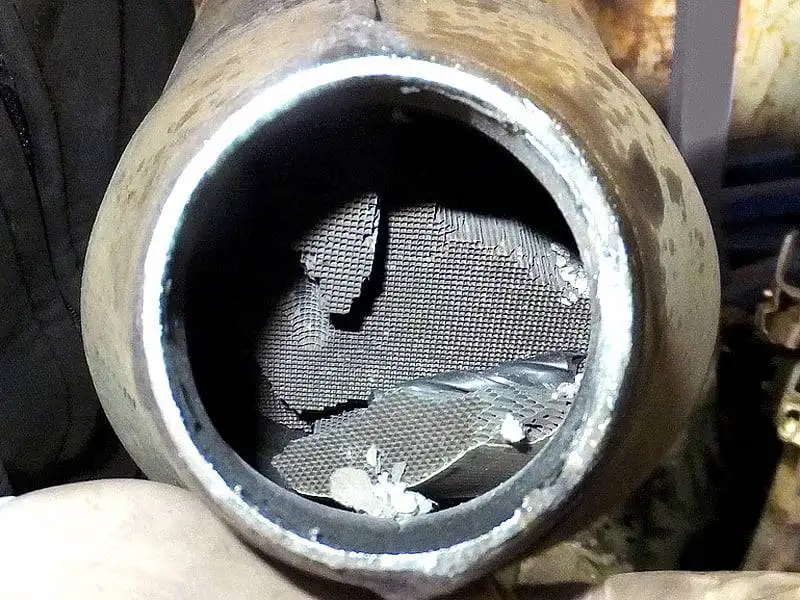
Almost all catalytic converter failures are due to an issue with the engine. An engine that is not performing like normal can ruin a catalytic converter by dumping too much raw fuel into the exhaust. Some common items that can cause this issue would be faulty fuel injectors, a bad ignition coil, fouled spark plugs and a leaking fuel pressure regulator.
A flashing check engine light indicates a misfire that can damage a catalytic converter very quickly. In this situation, the engine should be shut off immediately, and the car should be towed to a repair shop for diagnosis.
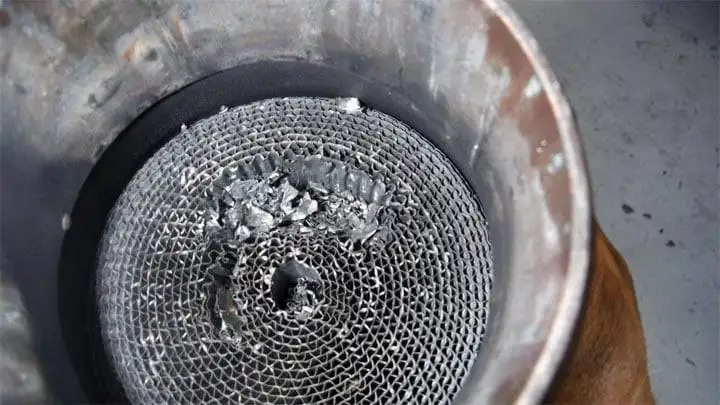
It’s important that the cause of the catalytic converter failure is determined before a new one is installed. Failure to do so may ruin a new catalytic converter, and the warranty may not cover the damaged part.
Beware of catalytic converter theft
Catalytic converters are often stolen because they contain expensive materials. A thief can remove one in a matter of minutes, so the police should be called immediately as the thieves may still be in the area stealing more of them. A sign of a missing catalytic converter is a very loud exhaust sound. Some insurance policies will cover the replacement.

